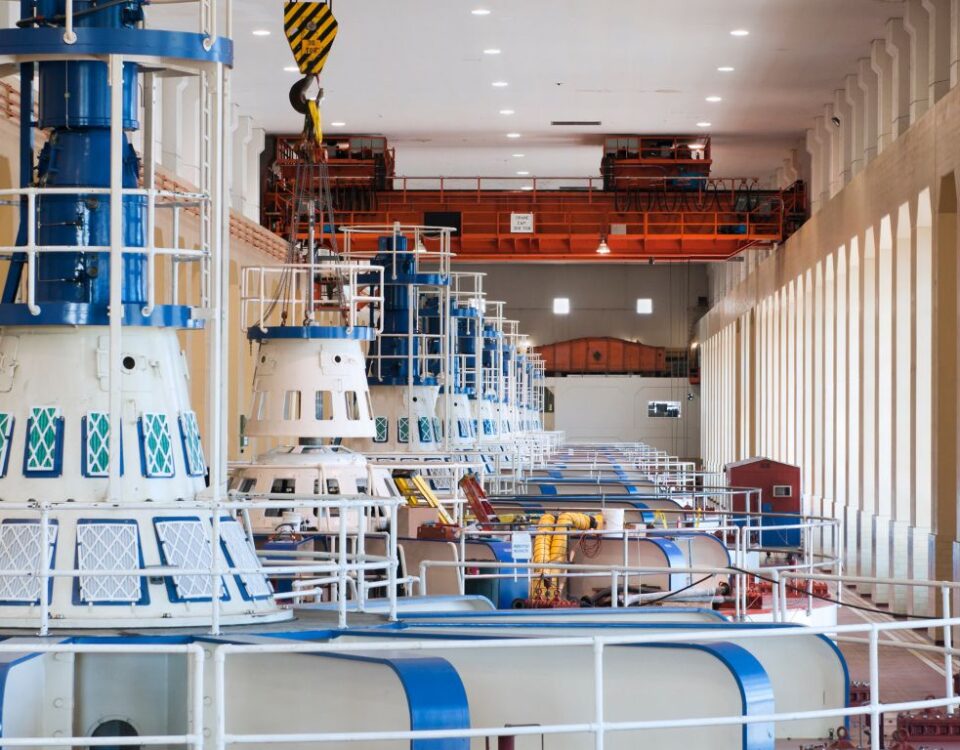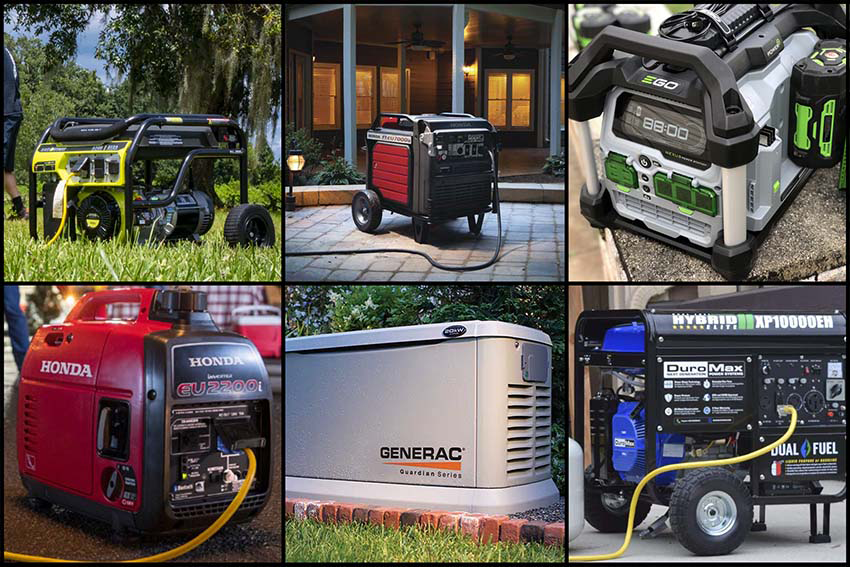
Having a generator at home or your workplace is like a blessing. It could save you from severe power outages. The generators gave you backup power and ease. But what if you run out of gasoline? Do you have a hand solution that could fix this issue? You could fix this if you switch your generator on natural gas. Then can, a dual-fuel generator functions on natural gas. The Short Reply is Yes, you can run a dual-fuel generator on natural gas. In this blog post, we will help you guide how to run a dual-fuel generator on natural gas. So, let’s dive in!
Introduction to Dual Fuel Generator and Natural Gas
Dual fuel generators are those generators that can run on two types of fuel, typically gasoline or propane. They offer versatility and convenience, allowing users to switch between fuels. Natural gas is a clean-burning fuel that is widely available, typically less expensive, and provides longer running times for the same amount of energy. However, using natural gas with a dual-fuel generator requires additional considerations.
Pros and Cons of Running a Dual Fuel Generator on Natural Gas
There are several pros and cons when running a dual-fuel generator on natural gas.
Pros:
Higher Fuel Efficiency
Natural gas burns more efficiently than gasoline, meaning a dual-fuel generator running on natural gas can often provide longer run times for the same amount of fuel.
Eco friendly
Natural gas is a clean-burning fuel and produces less emission than gasoline. So it can be better for the environment and your health.
Less Expensive
Natural gas is typically less expensive than gasoline. Running your generator on natural gas can save you money in the long run.
More Convenience
If you have access to a natural gas supply, it can be more convenient than purchasing and storing gasoline.
Easy Switching of fuels
Another benefit is that it allows you to switch between propane and other gas systems easily. You can easily set it up, operate it, and use it.
Cons:
Fuel Availability
Not all homes or businesses have access to a natural gas supply, so using natural gas as a fuel option may not be feasible for everyone.
Installation Cost
Using natural gas with a dual-fuel generator requires a natural gas regulator and often involves some installation or modification work, which can be time-consuming or expensive.
Power output
Natural gas may provide less power output than gasoline, so a generator running on natural gas may not be suitable for high-demand appliances or equipment.
Maintenance
If you use natural gas, it can leave behind residue in the generator’s engine. You may require more maintenance and cleaning effort than when using gasoline.
Can Champion Dual Fuel Generator run on Natural Gas?
Some champion models typically have a natural gas regulator to control the gas flow and ensure the generator runs smoothly. However, it is essential to note that not all Champion Dual Fuel Generators are designed to run on natural gas, so those models may require some modification before attempting to use natural gas as a fuel option.
Can Westinghouse dual fuel generator work on natural gas?
Westinghouse dual fuel generators run on both fuels, gasoline, and propane. However, they are not intended to run on natural gas. If you want to run it on natural gas fuel, use a conversion kit.
How can you convert the Dual Fuel Generator to Run on Natural gas?
Converting a generator to run on natural gas can be cost-effective and convenient. It would help to reduce people’s dependence on gasoline or propane.
Use Natural Gas, Conversion Kit
The easy method to make a dual fuel generator function on natural gas is using a conversion kit. This conversion kit uses an adaptor that enables the administration of natural gas. You may use natural gas to power your generator because many houses have low-pressure gas for stoves, heaters, or grills. This kit is a significant adoption but not a permanent conversion.
Method: 1. Use a Conversion Kit
Running your generator on natural gas offers cost savings, convenience, and a longer run time. Here is the step-by-step guide on running the dual fuel generator on natural gas with the conversion kit.
Step-by-step Guide
1- Get a Conversion Kit
The first step is to buy a conversion kit compatible with your dual fuel generator. Select a Kit explicitly designed for your generator’s make and model.
2- Turn off the generator
Then before starting the generator, ensure it is off, and the engine is cool.
3- Takeoff Air filter & carburetor
There will be a black box at the back of the generator. Remove the generator’s air filter, air cleaner, and fuel tank.
4- Install the kit’s components
Install the regulator and mixer from the conversion kit in place of the carburetor. The regulator controls the gas pressure, and the mixer combines the gas with air before it enters the engine. Then attach the new fuel line with the conversion kit from the natural gas source to the regulator.
5- Reinstall the Air filter & fuel tank.
Reattach the air filter, air cleaner, and fuel tank.
6- Connect the Gas Supply
Now, Connect the generator to the natural gas source.
7- Start the Generator
Test the generator by starting it up and checking that it runs smoothly on natural gas.
Method: 2 Without the Conversion Kit
Let’s say you want to avoid buying a conversion kit but want to successfully convert your generator to natural gas. Use this method for this.
Step-by-step Guide
1- Safety Alert
Attempting to run a generator on natural gas without a conversion kit can cause a fire, so follow the manufacturer’s instructions or seek help from a qualified generator technician.
Material Required
- Copper Tubing 2ft
- Drill
- Wire Cutter
- Hose and Clamp
- 1/2″ Compression Ball Valve
- Regulator
How to
1. Locate the carburetor on your generator and remove the air filter from the filter box.
2. Disconnect the gasoline supply line from the carburetor and cut the tube.
3. Using a flexible hose, connect the natural gas supply line to the carburetor inlet.
4. Drill a ¼ inch hole in the air box cover and insert the end of the flexible hose into the hole.
5. Secure the flexible hose to the carburetor with the hose clamp. Make sure the hose is secure and not leaking.
6. Turn off the gasoline supply and turn on the natural gas supply.
7. Start your generator and allow it to warm up.
Conclusion:
You have now learned that operating a natural gas generator is relatively easy. Putting in the appropriate knowledge and a little effort is recommended for this. Successfully running a natural gas dual fuel generator brings many benefits, such as cost savings, convenience, reduced emissions, and quiet operation. Check out all the pros and cons before buying or installing a generator. So that you don’t feel guilty later.





